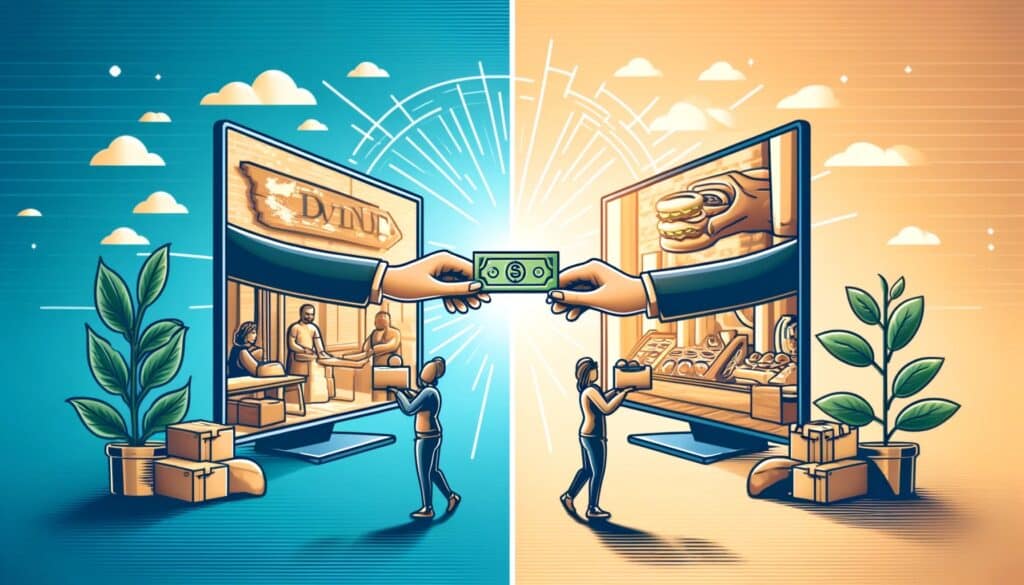The phrase “Price is what you pay, value is what you get”, popularised by investor Warren Buffett, highlights the distinction between the cost of a product or service and its actual worth or utility.
This concept underscores the importance of evaluating the true benefits and quality of an item rather than just its monetary cost. You might, as a corporate, want the moon on a stick for almost free and expect it to be available immediately – but that is very rarely the outcome.
Beyond Monetary Cost
Price is simply the amount of money required to purchase something. It is a tangible, fixed figure that reflects the immediate expense incurred. However, focusing solely on price can be misleading. An item might be cheap, but if it lacks durability or fails to meet expectations, its low price doesn’t equate to a good deal.
Conversely, a higher-priced item might offer exceptional quality, longevity, and satisfaction, representing a better overall value despite the initial higher cost.
Evaluating Value
Value is more subjective and encompasses the benefits, utility, and satisfaction derived from a product or service. It includes factors such as quality, performance, longevity, and the extent to which the item meets or exceeds user needs.
For instance, investing in a reliable, well-built car might offer greater long-term value through fewer repairs and better performance compared to a cheaper, less reliable vehicle.
Assessing value requires a deeper understanding of what you are getting in return for your expenditure. If you don’t know your torque wrench from your expected consumables life then how the hell are you going to recognise quality?
Making Informed Decisions
Understanding the difference between price and value is crucial for making informed purchasing decisions. It encourages you to look beyond the sticker price and consider the overall worth of their investments.
By focusing on value, individuals and organisations make smarter choices that provide greater satisfaction and benefits in the long run, ensuring that their money is spent wisely.
Finally, “Price is what you pay, value is what you get” serves as a reminder to prioritise quality and long-term benefits over immediate cost savings or empty promises, leading to more fulfilling and economically sound decisions.
But you knew that already, didn’t you? And whilst we’re on the subject, see our ratecard here.

